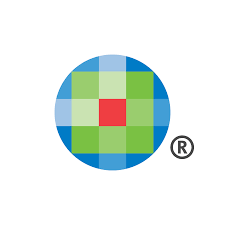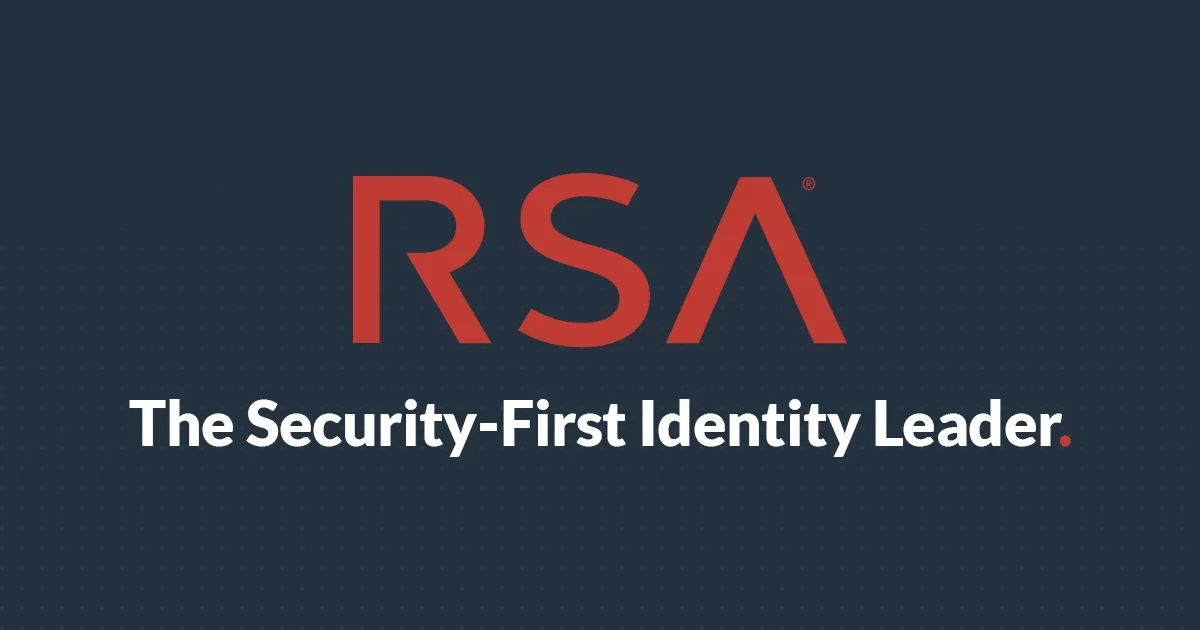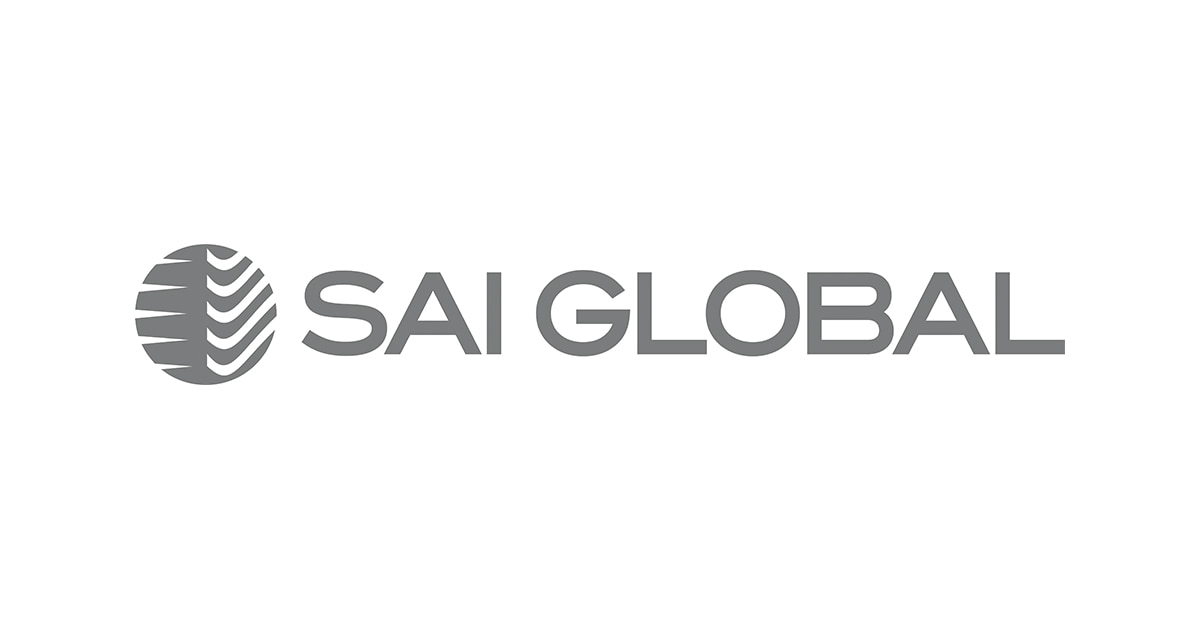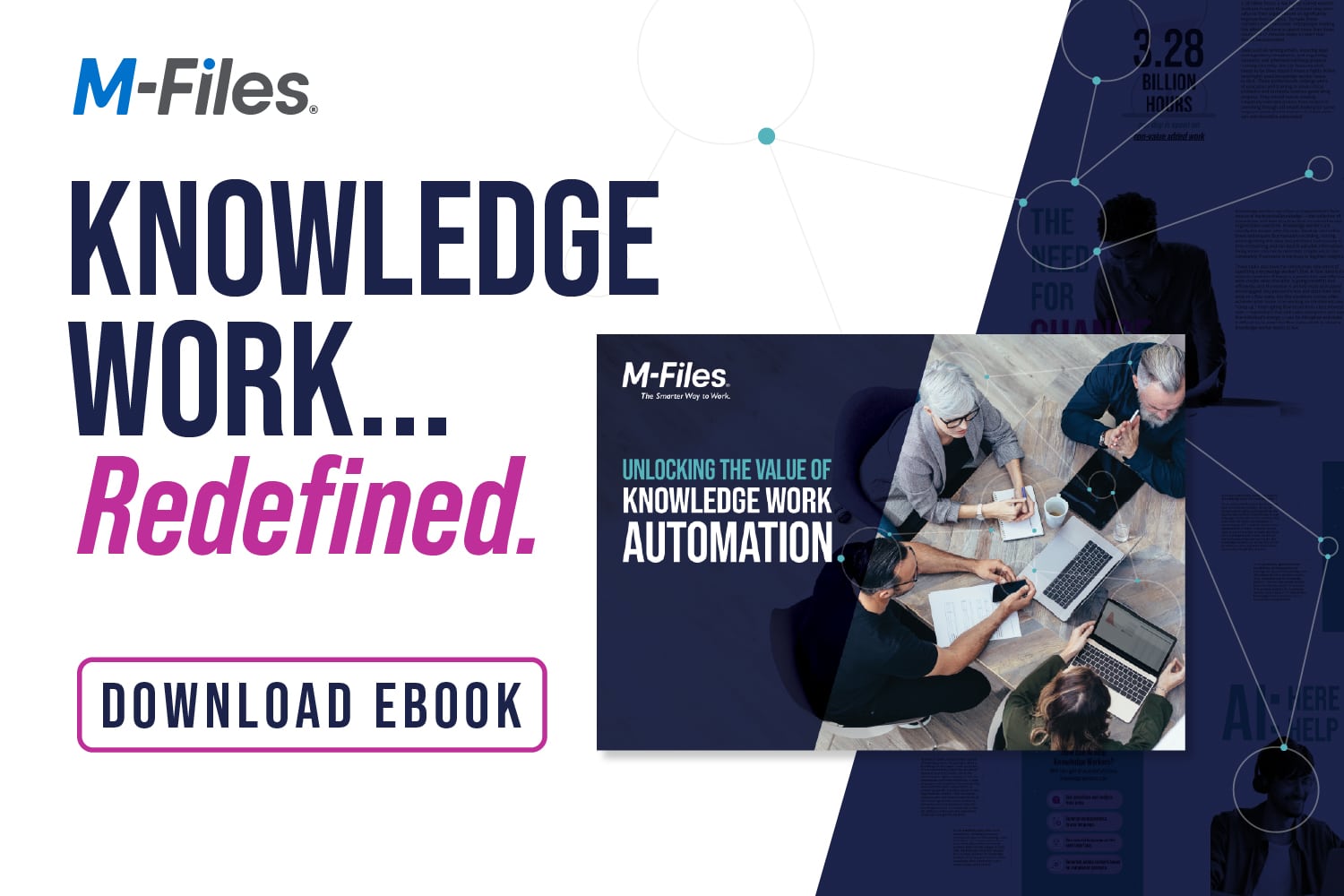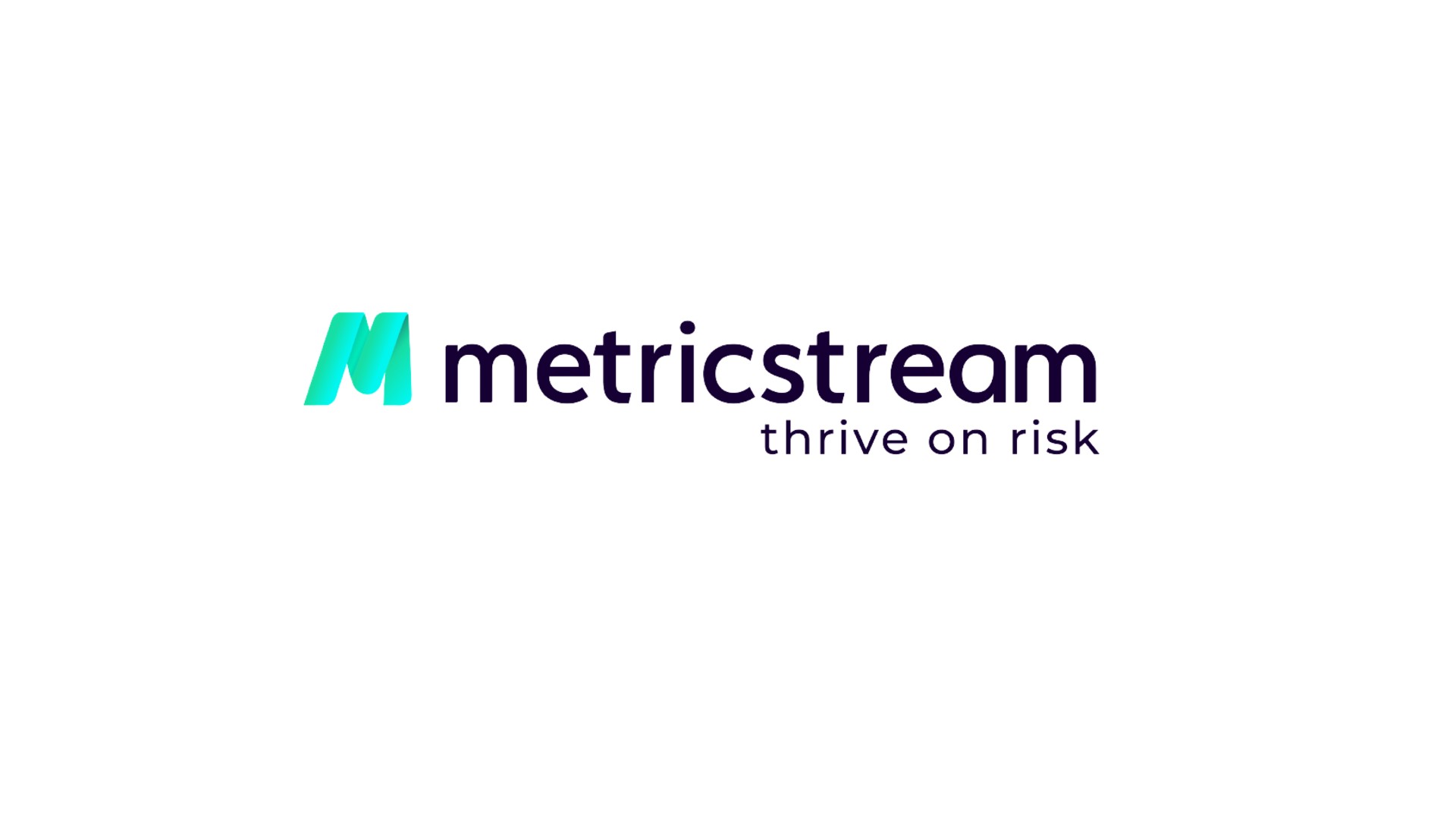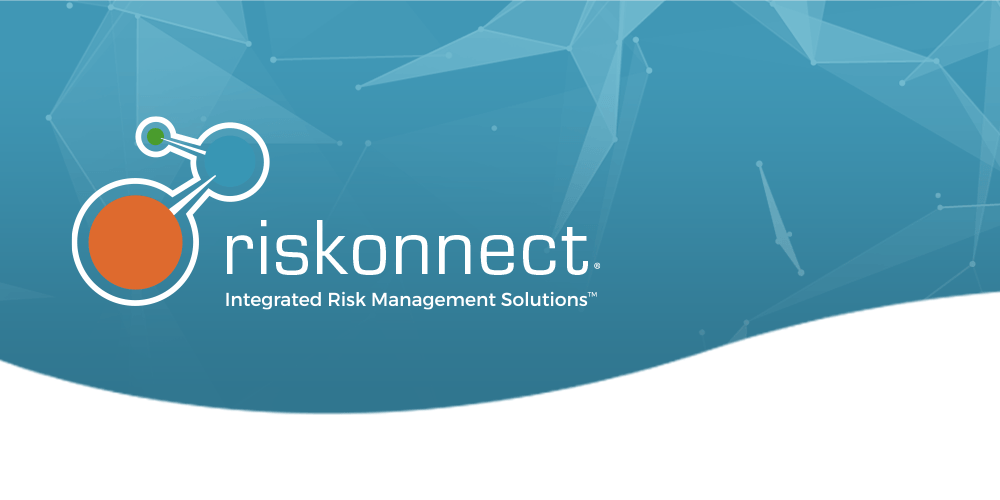Introduction
As regulatory burdens increase and risks accelerate, having the right audit management software is critical for organizations of all sizes looking to streamline compliance programs and risk management initiatives. An integrated audit management platform can automate routine audit tasks, strengthen internal controls, and provide valuable insights through reporting and analytics. This blog evaluates 15 top options on the market based on features, reputation, pricing, and customer reviews to help you identify the solutions best suited to your unique needs and long-term strategic objectives.
Methods of Evaluation
To evaluate and rank the top audit management software platforms, we considered functionality and features, reviews and ratings from third-party sites and industry analysts, customer testimonials, pricing and plans, and other criteria like the number of customers, implementations, integrations, and developer resources available. We also factored in less conventional metrics like backlink profiles, website traffic and search trends to gauge popularity and mindshare in the market. The platforms were then scored in each category and an overall ranking determined to identify the strongest options for organizations of various sizes and industries.
1. SAP GRC
SAP GRC is an integrated GRC platform from SAP that provides audit management, risk management, compliance management and policy management capabilities. As a component of the SAP Business Suite, SAP GRC leverages the SAP landscape and is fully integrated with other SAP applications like SAP S/4HANA, SAP SuccessFactors and SAP Ariba.
Pros: Key advantages of SAP GRC include its integrated platform supporting the entire SAP ecosystem, robust master data and access controls features, and strong risk and issue management capabilities. As a native SAP solution, it offers tight integration across the broader SAP application landscape.
Cons: A potential disadvantage is the large upfront cost and implementation effort required compared to some stand-alone or cloud-based audit management solutions. SAP GRC is best suited for large enterprise customers already heavily invested in the SAP technology stack.
Pricing: SAP GRC pricing is customized based on the specific modules deployed, number of users, and required support and maintenance. It is typically sold as an annual subscription model. Contact SAP sales for a customized quote tailored to your organization’s needs and environment.
Some key stats about SAP GRC include: supports over 5000 customers worldwide, integrated with the full SAP application portfolio, over 25 years of continuous enhancement and development, robust data governance features to support Sarbanes–Oxley, GDPR and other regulatory requirements.
2. Thomson Reuters
Thomson Reuters is a leading provider of audit management and risk software. With their suite of audit solutions, they help organizations efficiently manage critical audit functions, compliance requirements and risk across the enterprise. Their software leverages powerful intelligence and regulatory expertise to help teams streamline audit workflows and navigate an evolving compliance landscape.
Pros: Key advantages of Thomson Reuters audit management software include:
– Valuable intelligence and expertise on the latest regulations and compliance requirements
– Comprehensive resources to help teams effectively manage regulatory compliance across 200+ countries
– Powerful analytics and reporting to gain insights from audit activities
– Flexible platform that easily adapts to changing audit needs
Cons: A potential disadvantage is the cost, as Thomson Reuters software is an enterprise solution targeted towards large organizations with substantial compliance needs. The price point may be higher than some other options.
Pricing: Pricing for Thomson Reuters audit management software varies based on organizational size, number of users, and specific modules/integrations required. Generally, an annual subscription will start at several thousand dollars per year for basic functionality.
Some key stats about Thomson Reuters audit management software include:
– Over 12,000 customers globally across industries
– 30+ years of experience in risk management and regulatory compliance
– Continually monitors 300,000+ legislative changes annually
– Integrates with over 150 ERP, accounting and tax systems
3. TeamMate
TeamMate is an audit management software developed by Wolters Kluwer, a global provider of expert solutions and services. TeamMate has been helping professionals and organizations effectively manage risks and improve governance, risk management, and compliance for over 30 years.
Pros: Some key advantages of TeamMate include:
– Extensive functionality for planning, performing, reporting on audits suited for large organizations
– Integrates seamlessly with other Wolters Kluwer solutions for a unified risk management program
– Wide range of audit templates and guidance based on leading standards like COSO, COBIT, and ISO.
Cons: A potential disadvantage is that the extensive functionality and capabilities of TeamMate come at a higher upfront and ongoing cost compared to some other audit management software options.
Pricing: TeamMate pricing varies based on the selected plan but generally starts at $5,000/year for the basic TeamMate Classic plan and scales upwards depending on the number of users, locations, and additional modules/functionality required.
Some key stats about TeamMate include:
– Used by over 5,000 organizations worldwide
– Supports audit engagements of all sizes from small teams to massive global initiatives
– Integrates with other Wolters Kluwer solutions such as Finance, Risk & Compliance, Governance, and Legal & Regulatory.
4. OneTrust GRC
OneTrust GRC, formerly known as LogicManager, is widely considered to be the industry leader in audit management software. Founded in 2008, OneTrust GRC provides a unified platform for managing privacy, data governance, governance, risk and compliance (GRC), security, ethics and compliance, and environmental, social, and corporate governance (ESG) initiatives.
Pros: Some key advantages of OneTrust GRC include:
– Integrated platform that brings together privacy, risk, and compliance functions into a single view
– Extensive program and control libraries that can be leveraged across projects and organizations
– Industry-leading third-party risk management capabilities for assessing and monitoring vendors and suppliers
Cons: Potential disadvantages of OneTrust GRC include:
– Implementation requires a significant time commitment and costs can be high for complex deployments
– Not as user-friendly for non-compliance specialists compared to simpler, cheaper alternatives
Pricing: OneTrust GRC pricing is based on the number of records/users within the organization. An annual license starts at $60,000 for smaller organizations and scales up from there based on requirements. The platform also has customizable implementation, training and support plans priced separately.
Some key stats about OneTrust GRC include:
– Over 10,000 customers worldwide including 60% of the Fortune 500
– Active in more than 100 countries
– Over 1,500 compliance frameworks, checklists, and questionnaires
– Integrations with over 150 third-party applications
5. RSA Archer
RSA Archer is an integrated GRC platform developed by RSA Security. Archer aims to help organizations develop and implement effective governance, risk management and compliance programs. The platform combines risk and audit management, policy management, compliance management and IT GRC into a single system.
Pros: Some key advantages of RSA Archer include:
– Comprehensive platform for managing an organization’s entire GRC program
– Robust third-party/vendor risk management capabilities to assess and monitor risks from external partners
– Advanced analytics and visualization tools to gain insights from GRC data
Cons: One potential disadvantage is the steep learning curve for the platform. As a fully-featured GRC system, Archer has many modules, workflows and customization options that require time to get familiar with.
Pricing: RSA Archer pricing is based on the number of users and modules/applications required. It starts at around $150 per user per month for basic risk and audit functionality. Additional modules, customization work and premium support would increase the total cost of ownership.
Some key stats about RSA Archer include:
– Used by over 3,500 customers worldwide across industries
– Supports over 30 compliance frameworks and standards
– Maintains a network of over 300 partners globally
– Over 25 years of experience in the GRC space
6. Appian
Appian provides a leading low-code application platform that allows organizations to quickly develop powerful enterprise applications. With Appian, businesses can build enterprise applications up to 20x faster than traditional development approaches.
Pros: Some key advantages of the Appian platform include:
– Robust low-code development framework that accelerates application development speed
– Highly configurable to rapidly adapt to changing business needs
– Strong integration options across different systems including CRM, ERP, databases, and more for end-to-end workflows
Cons: Steeper learning curve for some developers transitioning from traditional coding to visual/drag-and-drop interfaces in low-code platforms.
Pricing: Appian offers pricing based on consumption with three different plans – Essential, Professional, and Enterprise. Pricing is available upon request for a customized quote based on business needs and user requirements.
Some key stats about Appian include:
– Used by over 850+ customers worldwide across various industries
– Supports building mobile, web, desktop, and chatbot applications on a unified platform
– Named a leader in the 2021 Gartner Magic Quadrant for Intelligent Business Process Management Suites
7. SAI Global Compliance Platform
SAI Global Compliance Platform is an audit management software developed by SAI Global, a global leader in standards-based governance. With over 50 years of experience in quality assurance, SAI Global Compliance Platform helps organizations effectively manage audits, risk assessments, inspections and other compliance activities. It allows companies to centralize compliance records, streamline audit processes, and ensure adherence to standards and regulations.
Pros: Key advantages of SAI Global Compliance Platform include:
– Robust integrated incident management capabilities to track issues and non-conformances
– Specialized certifications and accreditations for industries like food safety, ISO, and more
– Intuitive reporting dashboard to monitor KPIs and compliance performance
– Configurable workflow engine to modify audit processes as needed
Cons: A potential disadvantage is that the software may have a somewhat steeper learning curve for users compared to simpler platforms.
Pricing: SAI Global Compliance Platform pricing is customized based on business size and needs. However, typical pricing starts at around $5000 per year for the basic package.
Some key stats about SAI Global Compliance Platform include:
– Used by over 5,000 customers worldwide across various industries
– Supports over 500 different standards and regulations
– Processes over 500,000 compliance activities annually
8. M-Files
M-Files is a document management platform that helps organizations manage documents and files. Founded in 1999, M-Files offers a metadata-driven solution that makes documents easy to store, find and share. With over 1500 customers worldwide in a range of industries, M-Files helps companies improve process efficiency and ensure compliance.
Pros: Key advantages of M-Files include:
– Effective document storage and retrieval system powered by metadata
– Robust compliance content library to support regulatory requirements
– Powerful search and versioning controls for documents
Cons: One potential disadvantage is the learning curve for some users adapting to a metadata-driven system rather than traditional folder-based filing.
Pricing: M-Files offers flexible pricing plans including on-premise perpetual licensing as well as cloud subscriptions. Pricing is based on the number of users and supported file volumes and types.
Some key stats about M-Files include:
– Handles over 150 million documents for 1500+ customers globally
– Integrates with over 300 applications including Microsoft 365, SharePoint, and SAP
– Supports 35 languages out of the box
9. Galvanize
Galvanize provides audit management software that assists companies with compliance, risk management, and internal auditing. Their software solution aims to streamline audit processes and provide insights through reporting and analytics.
Pros: Some key advantages of Galvanize’s audit management software include: – Robust compliance and risk management capabilities to ensure adherence to regulations – Strong audit workflow management that allows customization and automation of audit processes – Advanced analytics and reporting functions that provide insights into audit results and compliance trends
Cons: A potential disadvantage is that the platform may have a somewhat steep learning curve for users unfamiliar with audit management systems.
Pricing: Galvanize offers flexible pricing plans ranging from $50-250 per user per month depending on the selected features and number of users. The software is also available through an annual or multi-year subscription.
Some key stats about Galvanize’s audit management platform include: – Manages over 1,000 audits per year for customers – Supports both ISO and custom audit types – Integrates with over 50 systems like ServiceNow, Microsoft, and SAP – Over 500 customers globally across all major industries
10. MasterControl
MasterControl offers one of the most comprehensive audit management software solutions on the market today. Founded in 1998, MasterControl helps life science and regulated companies effectively manage compliance and quality processes through its manufacturing execution system (MES) and quality management system (QMS) solutions.
Pros: Some key advantages of MasterControl’s audit management software include: its holistic quality management system that integrates activities like document controls, audit management, change control and more. It offers powerful document controls and versioning functionalities. The software is highly customizable allowing customers to model their unique workflows and processes.
Cons: One potential disadvantage is that as a comprehensive enterprise solution, MasterControl requires more configuration and setup compared to some simpler, niche audit management applications. However, this also allows for more flexibility to meet complex regulatory needs.
Pricing: MasterControl offers flexible pricing models including perpetual and subscription licenses. Pricing depends on the number of users, sites, and modules required. The company provides both quote-based and online pricing calculators on its website.
Some key stats about MasterControl include: it serves over 1,500 customers worldwide across industries like medical devices, pharmaceuticals and automotive. The software has powered over 50,000 audits to date. MasterControl’s core platform is used by 95 of the top 100 medical device companies.
11. MetricStream
MetricStream is a leading provider of governance, risk management and compliance (GRC) software. Headquartered in California, MetricStream offers an integrated GRC platform that helps organizations streamline their risk and compliance activities across functional areas.
Pros: Key advantages of MetricStream include:
– Robust governance, risk and compliance platform that supports multiple regulatory frameworks
– Advanced analytics and dashboarding capabilities to gather insights from risk data
– Support for multiple languages to ensure global compliance
Cons: One potential disadvantage is the solution may require significant configuration efforts for complex enterprise requirements.
Pricing: MetricStream pricing is typically based on number of users, modules/applications implemented and customization/configuration needs. It offers both on-premise and cloud hosting options. For specific pricing details, requests can be made on the company website.
Some key stats about MetricStream include:
– Over 500 enterprise customers globally across sectors like financial services, healthcare and technology
– Supports 25+ languages and operates in 40+ countries
– Over 20 years of experience in GRC domain
12. AuditBoard
AuditBoard is a leading audit management software for organizations looking to streamline SOX compliance, internal auditing, risk management, and other audit processes. Founded in 2013 and headquartered in San Francisco, AuditBoard helps simplify audit, risk, and compliance with an integrated cloud-based platform.
Pros: Key advantages of using AuditBoard include:
– Streamlined SOX/compliance workflow management with automated workflows and tasks
– Strong audit issue and risk tracking with custom fields, statuses, and assignments
– Excellent reporting and dashboarding capabilities to monitor risks and issues
Cons: A potential disadvantage is that the platform requires an adjustment period for teams to optimize their workflows and processes within the AuditBoard system.
Pricing: AuditBoard offers customized pricing plans based on team size and modules needed. Pricing generally starts at $2,000/month for the basic plan and scales up based on user count and additional modules.
Some key stats about AuditBoard include:
– Used by over 700 customers globally including 30% of the Fortune 100
– Processes over 2 million audit issues annually
– Available in over 150 countries
13. Riskonnect
Riskonnect is a leading global provider of integrated risk management software. Their flagship product is a comprehensive GRC platform that allows organizations to identify, measure, and monitor risks across all areas of their business. The platform covers key risk disciplines including audit management, compliance management, risk management, vendor risk, and IT risk.
Pros: Key advantages of Riskonnect include:
– True enterprise GRC platform that brings together risk, audit, compliance and other functions
– Extensive risk library and workflows that cover common risk types out of the box
– Advanced 3rd party/vendor risk assessment capabilities
Cons: One potential disadvantage is the platform requires dedicated implementation resources and customization for large enterprise deployments which can increase costs.
Pricing: Riskonnect pricing is customized based on organizational size and requirements. Typical pricing models include annual subscription fees plus professional services for implementation and customization.
Some key stats about Riskonnect include:
– Over 1000 customers worldwide across all industries
– Deployed in over 30 countries
– Supports 15+ languages
– Over 20 years of experience in the GRC software space
14. TrackVia
TrackVia is audit management software developed by TrackVia, Inc. Founded in 2011 and based in San Francisco, TrackVia provides a customizable low-code platform for building customized business apps to simplify operations. Their flagship product allows companies to digitize manual auditing, inspection and operational processes.
Pros: Some key advantages of TrackVia include:
– User-friendly auditing and inspection software with customizable forms and workflows to fit any operational process.
– Low-code platform enables quick configuration and building of custom apps without extensive coding knowledge.
– Robust integration capabilities to pull data from other business systems to automate workflows.
– Intuitive mobile apps allow audits and inspections to be completed offline or online from any mobile device.
– Robust reporting and analytics dashboard provides real-time visibility into operational KPIs and compliance metrics.
Cons: One potential disadvantage is that while the low-code approach requires less technical expertise compared to custom coding, non-developers may still require some training and practice to fully leverage the platform’s capabilities for building complex custom apps and workflows.
Pricing: TrackVia offers perpetual and SaaS-based subscription licensing models. Pricing starts at $99 per month for the starter plan up to custom enterprise plans priced based on deployed usage, storage and support needs.
Some key stats about TrackVia include:
– Used by over 5,000 companies worldwide including large enterprises like Campbell Soup Company, Colgate-Palmer, and Stanley Black & Decker.
– Processes over 10 million audits, inspections and operational tasks annually across various industries like manufacturing, food safety, and facilities management.
– Integrates with over 50 platforms including Shopify, Salesforce, ServiceNow and more using its robust APIs.
– Named a Leader in both the Forrester Wave for Low-Code Development Platforms and Gartner Magic Quadrant for Enterprise Low-Code Application Platforms.
15. LogicGate
LogicGate is a leading provider of governance, risk and compliance (GRC) management software. Founded in 2005 and based in Irvine, California, LogicGate provides a unified risk cloud platform that helps organizations manage audit, risk, compliance and IT processes. Their comprehensive software covers the entire GRC lifecycle from risk assessment and monitoring to issue tracking, audit management and reporting.
Pros: Some key advantages of LogicGate’s GRC platform include: Comprehensive platform for audit, risk and compliance. Automates routine tasks for efficiency. Continuous product innovation with frequent updates.
Cons: One potential disadvantage is that as a more robust enterprise solution, LogicGate may be overkill for some smaller organizations or those with fewer compliance needs.
Pricing: LogicGate offers various pricing plans starting from a free Basic plan for up to 3 users. Premium paid plans start at around $80/user per month and scale based on team size and feature needs.
Some key stats about LogicGate include: Used by over 5,000 customers globally across various industries. Supports over 30 compliance frameworks including ISO 27001, NIST, GDPR, SOX and HIPAA. Processes over 5 million audit findings annually on their platform.
Conclusion
With hundreds of compliance requirements and evolving risks, having the right audit management software is crucial. The 15 platforms evaluated here offer robust functionality for automating audits, tracking issues and risks, improving controls, and gaining valuable insights. Consider your unique needs, budget, and long-term goals to identify the top few solutions that best set your organization up for success. Free trials, consulting with vendor specialists, and reviewing customer case studies can further help you select the right platform to streamline processes and maximize efficiency for years to come.






